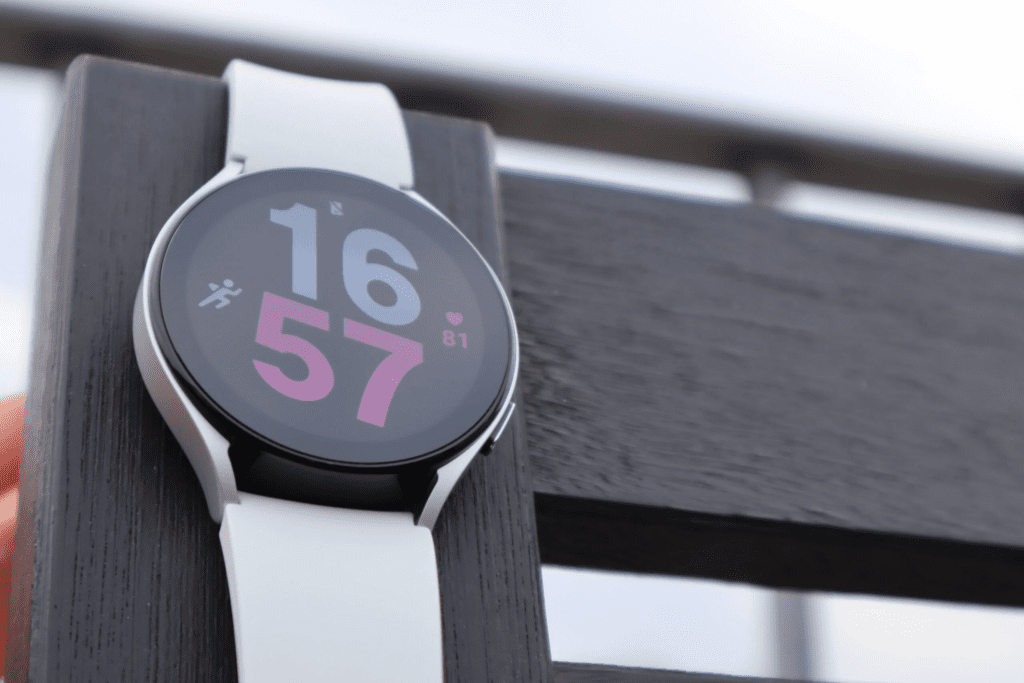If you’ve ever worn one of those smartwatches, you’ve probably noticed just how much health information they can gather. From heart rate and blood pressure to the number of steps you take, modern smartwatches keep tabs on a number of health statistics.
But gathering raw data is just the first step: clever algorithms can then use this data for tracking your fitness level and your sleep, and while they’re not perfect, they’re certainly good enough for most purposes.
Now, researchers have taken that one step further and used smartphones tracking people’s walking activity to model health and mortality risk.

The idea hinges on the link between walking pace and mortality risk. There’s a surprisingly strong link between people who walk very slowly and mortality risk, and based on that, the authors of the new study wanted to see if smartphones can be used to estimate this risk based on walking patterns.
“Many studies have utilized physical activity for predicting mortality risk, using measures such as participant walk tests and self-reported walking pace. The rise of passive monitors to measure participant activity without requiring specific actions opens the possibility for population level analysis. We have developed novel technology for this predictive health monitoring, using limited sensor inputs,” the authors write in the study.
The researchers, led by Haowen Zhou, from the University of Illinois at Urbana-Champaign, studied 100,000 participants in the UK Biobank national cohort who wore activity monitors with motion sensors for 1 week. Wearing motion sensors is not exactly the same as a smartphone, but the researchers say a similar type of data can be gathered with smartphones.

It only took six minutes of walking data per day to produce a model that can predict the risk with over 70% accuracy for the next 5 years, independent of age and sex.
“Our results show passive measures with motion sensors can achieve similar accuracy to active measures of gait speed and walk pace,” the authors say. “Our scalable methods offer a feasible pathway towards national screening for health risk.”
Senior author Bruce Schatz says the approach can achieve similar accuracy to active measures of gait speed and walk pace, which utilize physical walk tests and self-reported questionnaires and are already used clinically. Schatz adds that smartphones are finally becoming established as a tool for health monitoring.
“I have spent a decade using cheap phones for clinical models of health status. These have now been tested on the largest national cohort to predict life expectancy at population scale.”
Schatz isn’t the only one looking at smartphones for health data. Shwetak Patel, who heads a lab on ubiquitous computing at the University of Washington and was not involved in this study, is also excited about using smartphones for this purpose.
“Definitely one of the things that I’ve been very passionate about is the mobile device. This is the most ubiquitous platform on the planet and it’s already starting to show the impact of what it can do for health care.”
An approach, Shwetak explained in a lecture at the Heidelberg Laureate Forum, is to develop sensors that are compatible with existing smartphones
“People have built these little sensors that you can plug into the phone, like a pulse oximeter, which enable community health workers to go out and do rapid diagnostics of folks — just because the phone is already there.”
But another approach is to use the data already gathered by existing sensors.
“It’s powerful. It’s got communication capabilities. We’re also seeing personalized health care opportunities, like the people helping people with diet, logging their meals, those kinds of things,” Patel adds.
Increasingly, smartphones are looking like they’re not just communication devices, but also health devices.
The study was published in PLoS Digital Health.


